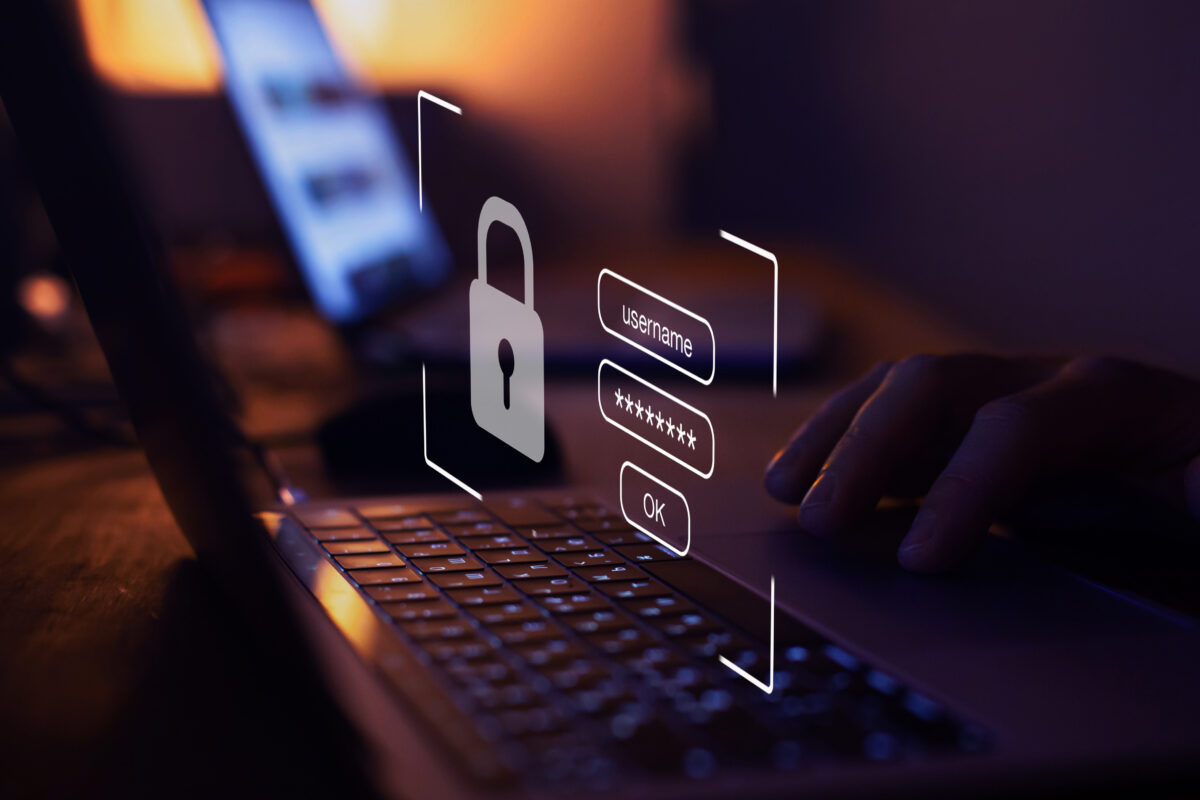Tuesday, April 9, 2019
Keep your firewall turned on. A firewall puts a protective barrier between your computer and the Internet. Turning it off for even a minute increases the risk that your PC will be infected with malware.
Install or update anti-virus & anti-malware software from a trusted source. You need both to prevent malicious software programs from embedding themselves on your computer. Set them to update automatically.
Install or update your antispyware technology. Some spyware collects information about you without your consent; others produce unwanted pop-up ads on your web browser.
Keep your operating system up to date. Updates are needed to fix security holes.
Be careful what you download. Careless downloading can beat even the most vigilant anti-virus/ anti-malware software. Investigate any free software before downloading.
Use flash drives cautiously. Putting your flash drive (thumb drive) in a computer that is infected could corrupt the drive, and ultimately your computer.
Close your browser when you’re done working. Delete the cache, history and passwords each time. Also, turn off your computer. Being “always on” leaves you connected to the crooks. Turning your computer off effectively severs an attacker’s connection.
Ignore scareware. Scareware pop-ups may look like actual warnings from your system, but they are not. Made to appear authentic, they often deliver malicious payloads. Close them with the “X” button.
Review your bank and credit card statements. It’s one of the easiest ways to get the tip-off that something is wrong. Also, monitor your credit reports. For even more protection, you might consider a credit monitoring service that will alert you when there’s an entry in your credit file.
Choose strong passwords. Create at least an eight-digit complex password to protect activities like online financial transactions and don’t use that password anywhere else. Change your most critical passwords every 90 days.

